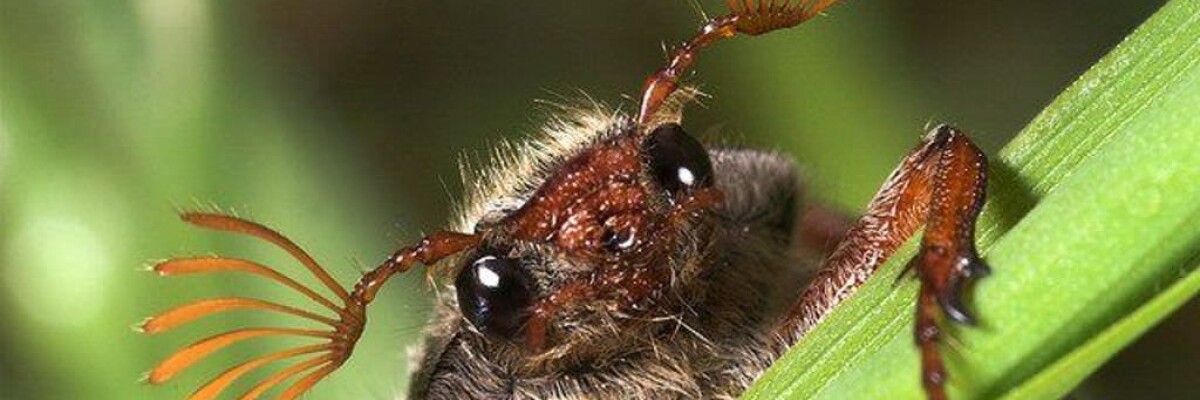This new factor is added to a list of other potential causes for the decline in insect populations - climate change, agriculture, and more.
A group of researchers from Washington University have discovered a new factor that might have an impact on the global extinction of insects. The study showed that in addition to known factors - pesticides, habitat destruction, and climate change - light pollution has a large impact on the decline in insect populations.
A recent UN study shows that approximately 1 million animal species will be extinct by 2050, including many species of insects. Already, up to three-quarters of dry land, 40% of the oceans and half of all river water are polluted and destroyed due to anthropogenic impact.
Over the past few decades, greenhouse gas emissions have led to a 0.7 °С increase in the average global temperature.
Agricultural development has a devastating effect on insect populations. Additionally, light pollution is also extremely harmful to them. Insects are attracted to the light, making them easy targets for predators or burning their wings on hot sources of light.
Scientists believe that the rate of insect extinction can be slowed down by reducing the amount of light pollution. However, the practical applications of this solution are still unclear. Most people will be unlikely to sacrifice their comfort for the sake of insects.
Share this with your friends!





Be the first to comment
Please log in to comment